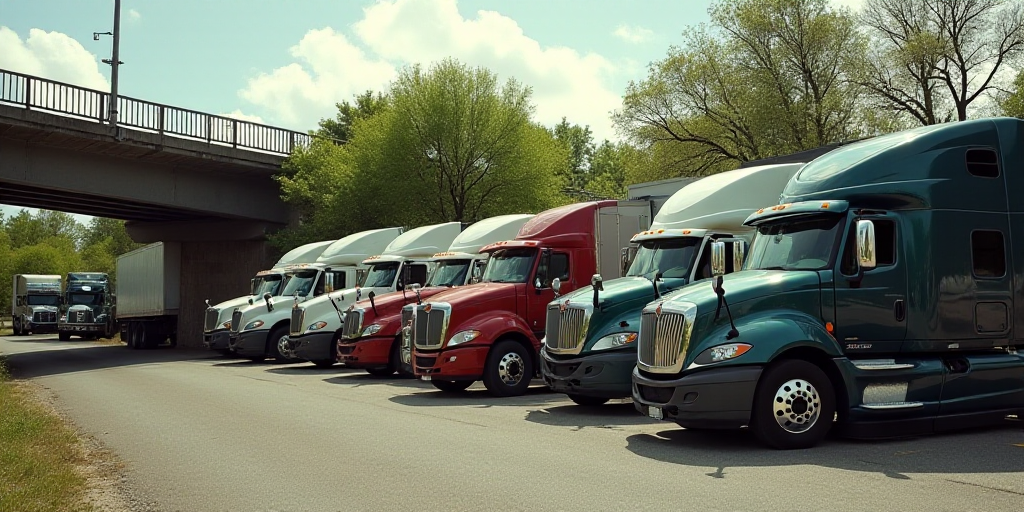Background and Context
On Thursday at noon, the Finance and Public Credit Committee of the Mexican Chamber of Deputies commenced a working meeting with federal government officials regarding the proposed reform to the Customs Law included in the 2026 Economic Package.
Key Participants
The meeting involves representatives from the Secretariat of Finance and Public Credit (SHCP), the Secretariat of Economy, and the Mexican National Customs Agency (ANAM).
Objective of the Reform
Increasing Tax Revenue: The reform aims to boost tax collection at the country’s 50 customs offices. By modernizing and streamlining procedures, it seeks to enhance efficiency and increase revenue.
Strengthening Customs Obligations and Penalties: The proposed changes intend to tighten obligations and penalties for customs agents, aiming to curb illicit activities such as tax evasion and smuggling.
Timely Discussion
The timing of this discussion is particularly significant following the recent arrest of 10 naval officers suspected of being part of a tax evasion smuggling ring, known as “huachicol” in Mexico.
Key Questions and Answers
- What is the Customs Law reform about? The proposed reform aims to modernize and strengthen Mexico’s customs procedures, enhancing tax collection efficiency and combating illicit activities.
- Who is involved in the working meeting? The Finance and Public Credit Committee of the Mexican Chamber of Deputies is collaborating with representatives from the Secretariat of Finance and Public Credit (SHCP), the Secretariat of Economy, and the Mexican National Customs Agency (ANAM).
- Why is this reform timely? The discussion comes at a critical moment following the arrest of naval officers suspected of participating in a tax evasion smuggling operation, highlighting the need for improved customs oversight and enforcement.
Impact on Mexican Economy and Society
The Customs Law reform is expected to have far-reaching implications for Mexico’s economy and society. By increasing tax collection efficiency, the government aims to bolster public finances, which can be allocated towards essential services and infrastructure projects. Moreover, the proposed measures to strengthen customs obligations and penalties are crucial in curbing illicit activities, ensuring a level playing field for legitimate businesses and promoting fair competition.
The reform also reflects Mexico’s commitment to international trade agreements and norms, such as the United States-Mexico-Canada Agreement (USMCA). By modernizing its customs procedures, Mexico seeks to facilitate legitimate trade while effectively combating smuggling and other illicit activities that undermine the country’s economic stability.
Historical Context of Customs Law in Mexico
Mexico’s Customs Law has undergone several revisions since its inception, with the most recent significant update taking place in 2014. The current legal framework aims to balance the need for efficient tax collection with the promotion of legitimate trade. However, challenges such as smuggling and tax evasion have necessitated further reforms to address these issues effectively.
International Comparisons and Best Practices
As Mexico navigates its customs law reform, it can draw valuable insights from the experiences of other countries. For instance, countries like Chile and Colombia have implemented successful customs modernization initiatives that have led to increased tax revenue and improved trade facilitation. By examining these best practices, Mexico can tailor its reform to address specific challenges and capitalize on opportunities for growth.
Potential Challenges and Mitigation Strategies
While the Customs Law reform presents numerous benefits, it is essential to acknowledge potential challenges. These may include resistance from stakeholders accustomed to existing practices, the need for adequate resources and technology investments, and ensuring effective implementation across various customs offices. To mitigate these challenges, the Mexican government should prioritize stakeholder engagement, allocate necessary resources, and establish robust monitoring and evaluation mechanisms.






